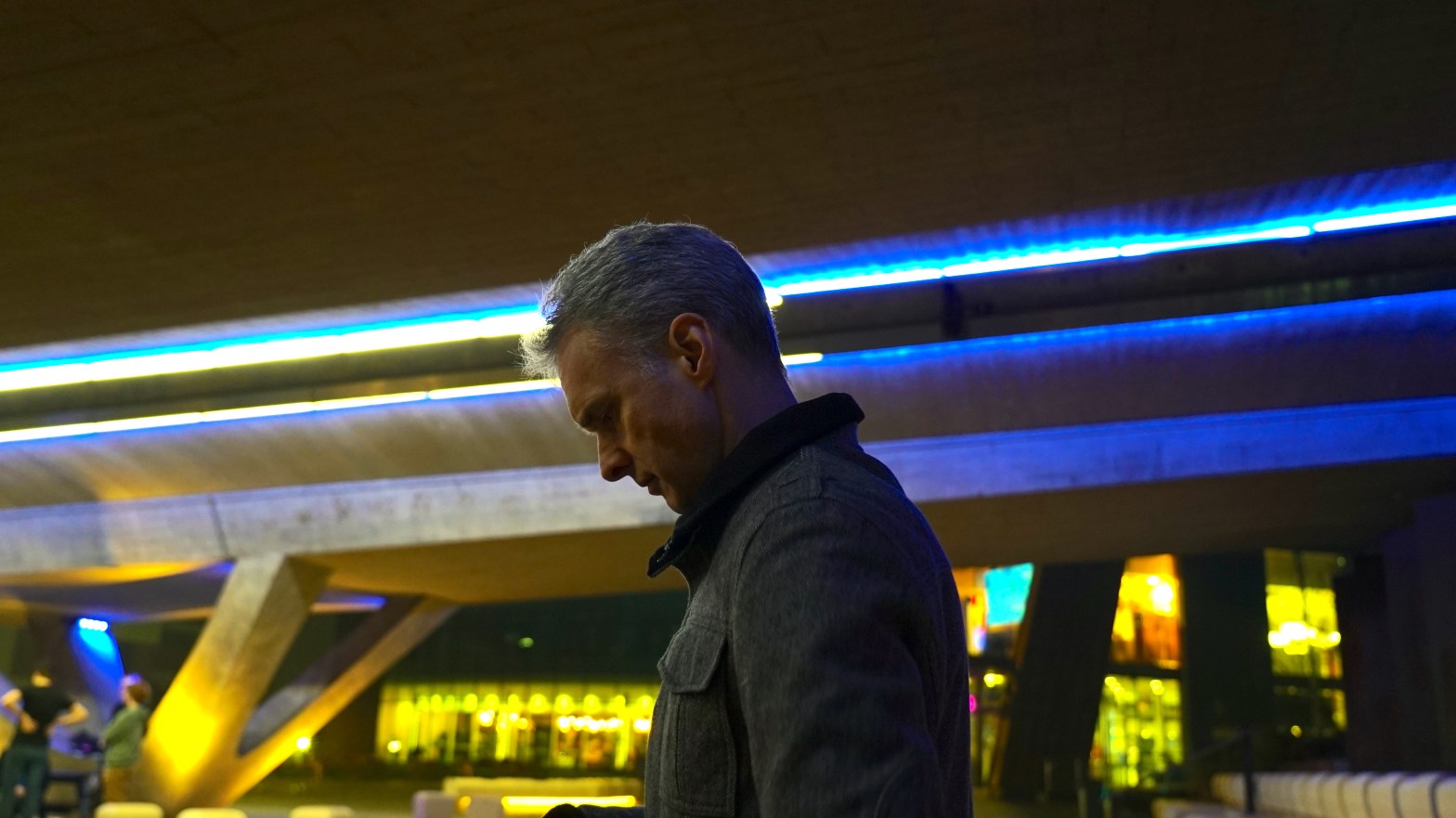Back in 2020, we were asked to create a new format for telling the story of Arup’s world-changing research. The format needed to be short & snappy, informative, beautiful and bring out the personalities of the people who work for one of the world’s most-trusted design and engineering firms.
The COVID pandemic made filming and interviewing our experts difficult, in addition to finding filming locations, just as the Delta wave hit London. We used a remote interview method where we sent lightweight Zoom H1N field recorders via post to our contributors and then conducted the interview over Microsoft Teams / Google Chat with the contributor’s responses captured in high-fidelity audio. The contributor returned the field recorder in the post using the supplied SAE, and we could begin to build the narrative.
We covered four research topics;
- Communicating the uncertainty of sea-level rise
- Flying Taxis: Simulating the sound of future cities
- Regenerating Towns: The role of lighting
- Population Activity Modeller: Simulating cities in lockdown
With each, we interviewed two contributors and created an audio commentary narrative. We then explored how best to illustrate the story by filming the contributors on location.
For the sea-levels film, we shot on location in Hull, where the prototype had been created. We worked with a local drone film production team to capture incredible long shots of the coastline and sweeping views of the sea defences. We commissioned a GFX artist to recreate 3D hexagons to show how the map relates to the physical geography. We also showcased Mike & Steven using the software tool on a laptop in a local café.
Investigating the future world of Flying Taxis was difficult as we had no access to the top secret Urban Mobility prototypes, just like our researchers at Arup. We documented their work simulating the likely sound of the flying vehicles, which is a key concern for implementing the infrastructure in cities.
We filmed on top of Arup’s new 80 Charlotte Street building with views across London, and in the basement using their state-of-the-art 3D immersive demonstration studio. Coupled with a script created from interviews with the contributors, we told the story of the collaboration with NASA and the important work aiming to make Urban Air Mobility a reality in our cities.

Arup produced a comprehensive report on how lighting design can reduce deprivation in towns and cities and can stimulate the economy and increase equality. We picked two examples from the report to show the role of lighting in improving urban environments.
The brutalist concrete underpass at the front of Sheffield University had been transformed by lighting design, so we took contributor Richard Morris on location from the gloomy town centre district of Castlegate, to the illuminated university campus.
We also documented the effect of lighting festivals on night economies in winter months by showcasing Battersea Power Station, contrasting with local streets in London’s Nine Elms.
For the final film, we told the story of how a team of researchers used their mathematical modelling skills during lockdown to help London’s transport authorities to predict infection risk in the city.
We recorded interviews with Fred, the mastermind of the project, and Ella, the programme lead, then filmed them in isolation to recreate the lockdown period. We re-created a home office and used projections to immerse Fred in his simulations.

All four films were produced using low-cost methods of film production and remote interview techniques. While this approach was vital during the COVID pandemic, the methods can continue to be harnessed to capture stunning narratives at a fraction of the price of traditional methods.
